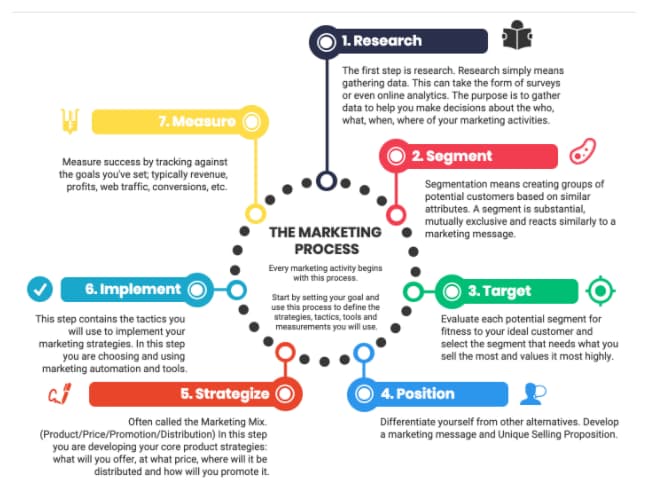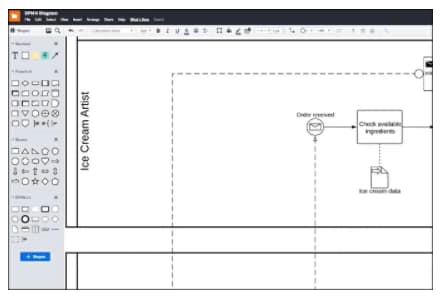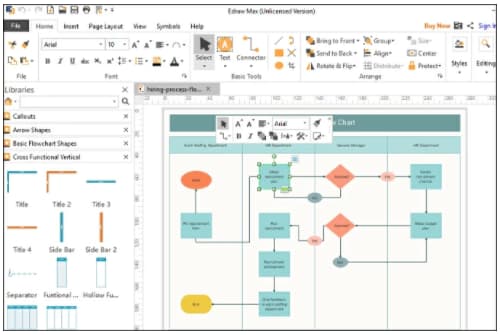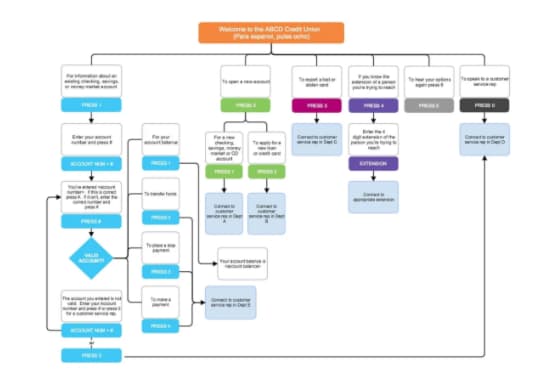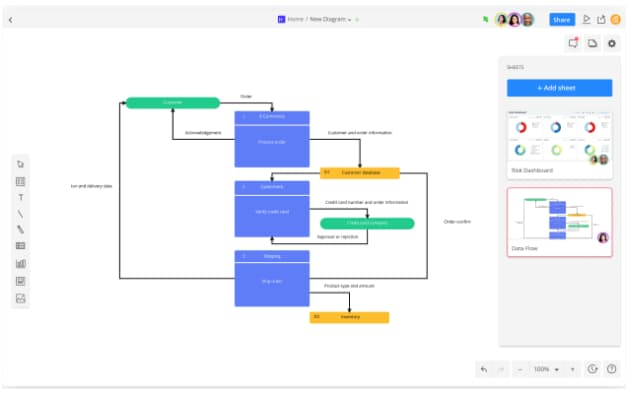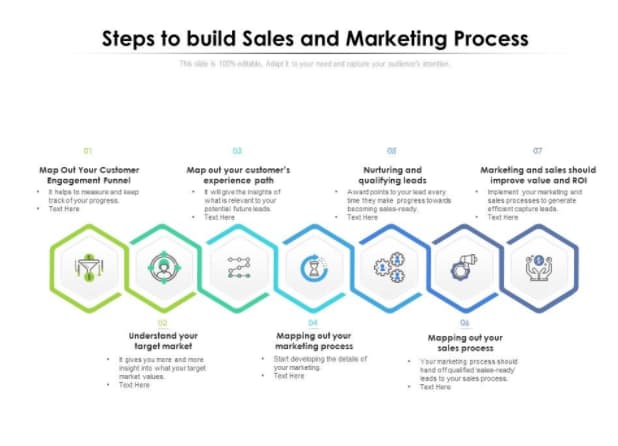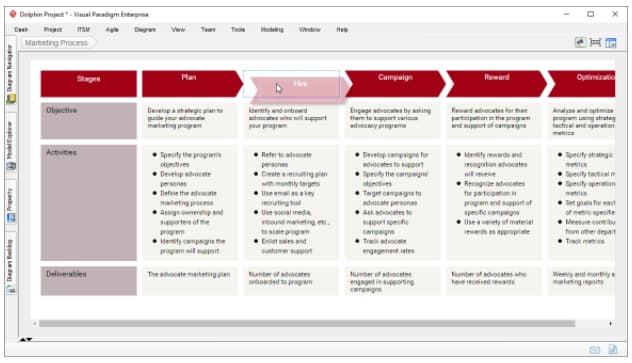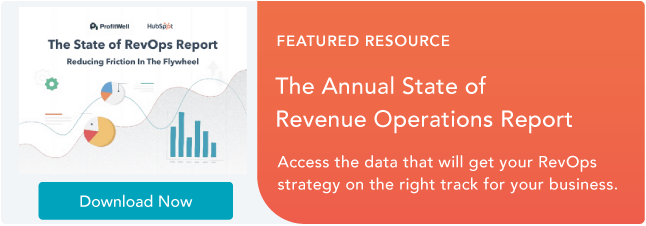Imagine you’re tasked with baking a cake for a friend’s birthday. You’re not exactly an expert baker, so you hop online and look for an easy-to-follow recipe that will help your dessert be the star of the party.
Your mouth is watering as you scroll through photo after photo of delicious-looking cakes. Finally, you settle on a gorgeous strawberry shortcake photo and dive into the recipe. It has a list of ingredients and then one line of instruction that says: “Bake cake.”
Confused, you frantically scroll down looking for more guidance. With none available, you end up wasting ingredients when you have to remix your batter and it takes forever to bake because you have to stop and repeat earlier steps or start from scratch because you’ve done something wrong.
Your cake is an utter failure and you end up swinging by a bakery on your way to the party.
Perhaps you’ve never had to bake a cake, but no doubt, you’ve been given assignments at work that leave you wishing you could rely on a bakery.
The only information provided to you is an end goal and you struggle to meet your boss’s expectations because you have no idea how to complete the task they’ve given you.
It happens more than you think, and if you’re a manager, you may even be guilty of doing this to your employees.
When this happens, projects don’t get done on time or don’t get done properly, employees are frustrated and employee satisfaction tanks, and with missed deadlines or no finished product at all, customers will go elsewhere to have their needs met.
If only there were a way to avoid this type of problem.
You probably guessed that there is. It’s called business process mapping, and you’re going to learn how this could help save your business.
Business Process Mapping
What is process mapping?
Creating a process is when you break down a project into a series of tasks and activities that will eventually create your desired end result. Process mapping is a strategy whereby you create a visual representation of this process which is easy-to-follow and can be communicated to everyone involved in the project.
Going back to our cake example, a process is the steps that take you from gathering and measuring your ingredients, all the way to leaving the cake in the oven for a prescribed amount of time, and everything in between. You are transforming inputs (ingredients and steps) into outputs (delicious cake).
When you get the process down on paper or on a computer, you’re able to see inefficiencies, bottlenecks, and the challenges that your team or your customers may be facing. Armed with this information, you can tweak your process to correct these problems and create a well-oiled machine.
The Benefits of Process Mapping
No matter what industry you represent, product or service you offer, or department you work in, process mapping can help you improve efficiency, employee and customer satisfaction, and your bottom line. Here are just a few of the benefits of incorporating process mapping into your organization:
1. Identify redundancies.
If you make a product, materials may be wasted if employees have to repeat activities before they get them right. Whether you offer a product or a service, your employees’ time is valuable and care should be taken not to waste that either. To that end…
2. Improve employee efficiency.
It’s been stated that between 15% and 20% of employee time is wasted due to overlap in jobs and not understanding roles and responsibilities, redoing tasks that have been done wrong, and not having a full set of instructions before they begin their activity.
When you clearly state every step involved in creating an outcome, and who will complete that step, employee efficiency will improve as will your company culture.
3. Increase employee satisfaction.
Most people don’t enjoy being confused. Employees want to know exactly what they are responsible for and how to complete those tasks. With this information, employees are happier, less likely to look for a new job, and more likely to treat each other, and your customers, nicely.
4. Foster happier customers.
When customers receive their product or service in a timely fashion, delivered by employees who are pleased with their work and excited to help them, customers are happier. They then return as customers and tell their friends to do business with you as well.
Why should I use process mapping as a marketer?
As a marketer, you may be wondering how to do process mapping for your projects and responsibilities.
Just like producing a product, you have certain steps that you must follow in order to reach your end goal: attracting leads and converting them into customers. You might not even realize that you’ve been doing it all along.
For example, do you create random content and visuals before you know who will be seeing them? Hopefully not. Do you close your eyes and point to a marketing route without researching where your ideal customer spends time? If you do, you’re probably not seeing a lot of ROI.
No, you have a series of steps you take to identify the right opportunities to reach potential customers and then speak to them. Now, we’re going to get that process down so it can be improved, tested, communicated, and replicated.
How do I use process mapping as a marketer?
The first step to process mapping is to determine your desired outcome. Your process may look slightly different depending on your goals and your company’s specifics, but here are seven steps you can use to guide yourself and your team through a marketing process map:
1. Do your research.
Research who you want to market to, where you will find them, and when they will be there.
2. Segment your audience.
Allocate your audience into groups of customers or potential customers with similar attributes. This will help you perfect your specific messaging.
3. Target the best fit segment.
Identify who needs what you want and has the ability to buy it.
4. Position yourself apart from the competition.
What makes you different? This is called a unique selling proposition and will help you craft your marketing message.
5. Determine what you will offer.
Then strategize around how much it will cost, where it will be distributed, and how you will promote it to your audience.
6. Implement your process.
This is where you put your strategies into action. This may include marketing automation.
7. Measure your success.
Use the goals you’ve set to measure how you’re doing. These may include reach like web traffic and conversions, or revenue-based goals like profit.
Don’t try to change your process until you’ve mapped out exactly what it is you do now. Once every activity is listed, you can begin looking for ways to improve. If you have a team assigned to process creation, you can assign roles and responsibilities to each member.
Process Mapping Tools
When you’re ready to begin process mapping with your team, there are a variety of tools that you can use to get the job done. Some of these can be used for free while others have a paid version that’s helpful or necessary to create your process map.
We’ll take a look at a few of these options here.
1. LucidChart
LucidChart is a professional diagramming software that can be used on any browser or device.
It can be integrated with productivity apps such as Google Suite and Microsoft Office and allows users to chat and comment in real-time.
2. Google Drawings
Google Drawings is a free mapping software that allows you to create various diagrams and charts with basic shapes.
Google Drawings is browser-based and completely online. It includes free storage without expiration.
3. Edraw
Edraw is process mapping software that looks similar to the Microsoft Office interface. If you’re familiar with that environment, this tool will be easy for you to navigate.
Edraw includes an automatic layout for mind maps and allows you to customize everything simply.
4. Gliffy
Gliffy is great for those of us who are not particularly artistic. With a variety of templates and themes available, users can create professional looking process maps without a lot of headache.
With Gliffy, you can easily revert back to a previously saved version of your work. This is a helpful feature if you missed something or encountered an error while you were working.
5. Cacoo
Cacoo is the perfect process mapping tool that can be integrated with a number of apps.
Cacoo is extremely collaborative and allows multiple users to work on a project, tracking changes, reviewing the status, and working together to reach the goal.
Depending on your needs and your budget, there are a number of tools that can assist you along your process mapping journey.
Process Mapping Examples
Remember that your process may look different than the next marketer’s. Because of this, the visual representation you use will differ as well. You can find a number of process mapping examples. Use the tool and the setup that works best for your business’ needs.
When you create your process maps, remember that “good” is sometimes good enough. This doesn’t need to be a museum-worthy work of art. It just has to be a functional, easy-to-follow plan that everyone can understand. Keep it simple. Ultimately, this needs to work for you and your situation.
Marketing is inherently risky. You never know if the money and effort you put into a campaign or ad will produce results. To mitigate the risk, spend more time on the planning phase before you move on to execution.
Once you know who your audience is and how you will reach them, you can focus on the messaging and the specific strategies that you’ll use to attract new leads and convert them. Without this step, you’re basically crossing your fingers and hoping for the best. Luckily, when you use process mapping to map out your project’s plan, you’ll have a better chance of seeing the return on investment you were hoping for.
![]()

![Download Now: 2021 State of RevOps [Free Report]](https://i4lead.com/wp-content/uploads/2021/11/78dd9e0f-e514-4c88-835a-a8bbff930a4c.png)
